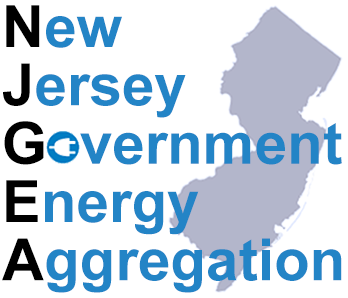Good Energy at KEMA Part 6: Municipal Energy Aggregation -- A Decision Made by Communities
This is the sixth in an eight part series looking at Charles de Casteja, Managing Partner for the New York based municipal aggregation consulting firm Good Energy, at the 2013 KEMA Conference.
Many opponents of municipal aggregation fear that they will somehow be entered into an aggregation without their consent and then be given no options to leave. But as de Casteja explained in earlier segments of this series, municipal aggregation actually allows for more choice for resident, not less, But in Illinois, there was an additional choice. Residents in communities which considered aggregation had to approve it in a voter election. De Casteja reminds us, “These people voted on it. They voted on it in a heavily contested primary. In a general election, it was on there.”
Aggregation was a decision which residents in each community made. After the initial vote, residents were also given two opportunities to opt-out of the aggregation after the contracts were signed. But few decided to do so because residents were well informed with the facts about municipal aggregation. As de Casteja explains, “they were educated through our company’s mass media. We used a lot of social networks, we used newspapers.”
Given the simple but powerful benefits of municipal aggregation, it is obvious why so many communities approved aggregation. And considering the contracted rates, it is also obvious why so few residents opted-out. Aggregation gives residents lower rates on electricity supply with choices to opt-out or leave the aggregation early if they elect to do so.
For more information on municipal energy aggregation, click here.

